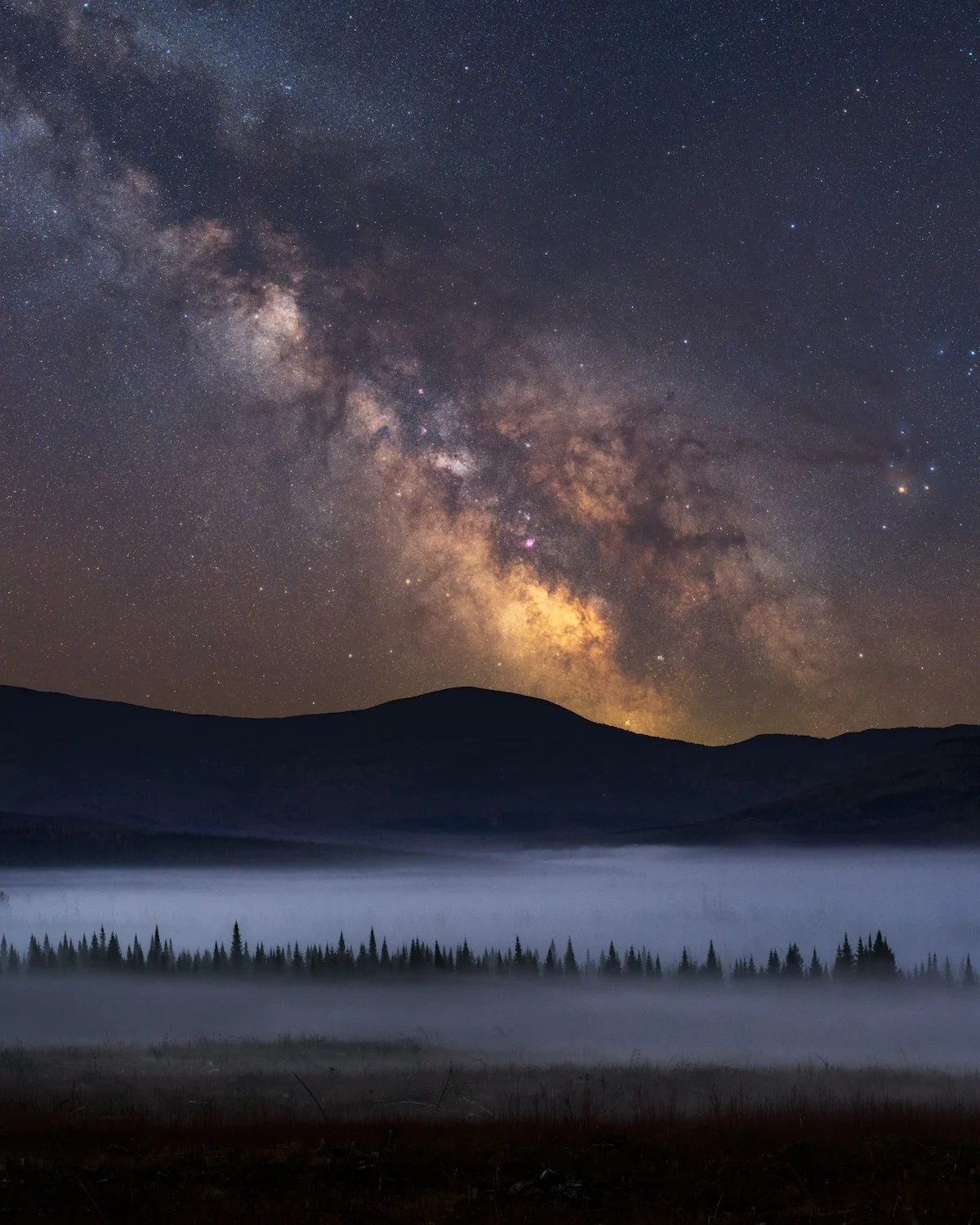On a winter night in Maine, the aurora borealis danced over my house throwing otherworldly pastel pinks and neon green through the cosmos and into the inky blue. It only lasted several minutes, but there was something about watching the celestial heavens and earth collide that made me want to see more. While I simultaneously searched the skies and the internet to learn more, the term “astrotourism” cropped up again and again.
What Is Astrotourism?
Astrotourism is a type of travel centered around dark sky zones, stargazing, and celestial events. Once a niche interest, more travelers are keen to be amateur astronomers, in part because watching planets blink into view and constellations slowly emerge in a shimmering night sky is a mind-bending experience, and it’s a great way to visit popular outdoor destinations without contributing to overcrowding—a main reason why Booking.com listed astrotourism as a top travel trend of 2025.
Yet, there’s another good reason why this outdoor travel trend is gaining traction: real dark night skies, the kind that put you face first to a glittering galactic show, are somewhat of an endangered species.

Photo courtesy Jamie Malcom Brown / AMC
Stargazing As Responsible Outdoor Travel
According to Dark Sky International, a nonprofit working to preserve dark night skies, “a staggering 99% of the world’s population now lives under night skies polluted to some degree by artificial light.” By doing research like this, the organization has rolled out criteria for a place to be certified as a Dark Sky Park or Lodge by following certain lighting and environmental guidelines. Thanks to that, many locations have taken up the mantle of night sky conservationists to champion the cause, raise awareness, and welcome visitors with respect to the environment and local culture—re: responsible tourism.
These designated Dark Sky Parks minimize artificial light making it easier for stars, planets and celestial phenomena like asteroids and meteor showers to come into clear view. Conserving dark sky places is beneficial to nocturnal animals whose feeding, mating, and migration are altered in the absence of true darkness. As it turns out, we’re not too different given our wake-sleep patterns and wellbeing are also synced to light-dark cycles, making dark skies beneficial for ecological and human health.
Fortunately, the farther you go from city and suburban skyglow the better the view, which means many outdoor destinations are already perfectly positioned to be astrotourism destinations. And since Polaris, our current North Star, only has 12,000 more years until earth’s axis points its northern pole at Vega, you might as well see it while you can, right?
Here are some of the U.S.’ best certified Dark Sky Places where you can go see the cosmos.












